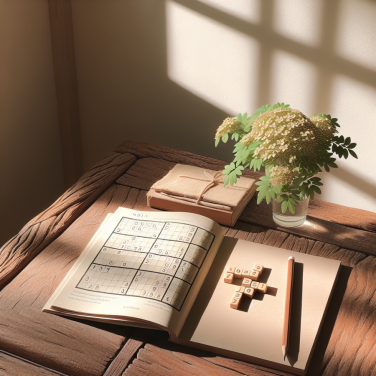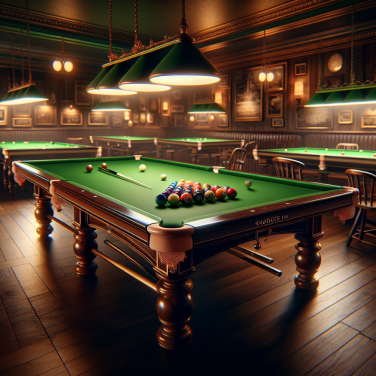The Art of Positional Play: Advanced Snooker Tactics to Outmaneuver Opponents
When it comes to mastering snooker, the focus is often on the ability to pot balls consistently. However, what separates the good players from the truly great ones is the artistry and intelligence of their positional play. Advanced snooker tactics are fundamental in orchestrating the game to your advantage, and the nuanced skill of positional play allows a player to outmaneuver their opponents by setting up for the next shot, controlling the table, and forcing errors.
Understanding the angles is paramount. Every shot selected should not only serve the purpose of potting a ball but should also be crafted to ensure the cue ball ends up in a favorable position for the next shot. This often means thinking three or four shots ahead, foreseeing potential pitfalls, and working to land the cue ball in areas that offer the best chance to continue a break. It's a mental game of chess played on a green baize.
The use of spin and speed greatly impacts positional play. Applying side spin (left or right), top spin, or back spin can dramatically alter the path of the cue ball once it contacts the object ball or the cushions. For instance, a well-executed shot with side spin can help navigate the cue ball through a crowded table to land in a prime position. Likewise, controlling the speed of the shot can finesse the cue ball to rest gently for a tight angle or powerfully break into a cluster of balls to open up the game.
Safety play in snooker is another critical element of positional play. This involves deliberately playing a shot in such a way that, should a pot be missed, the opponent is left with no easy starting shot. Often, this means sending the cue ball back to the ‘balk’ end of the table, potentially snookering the opponent behind a ‘balk’ color, or leaving the object ball against a cushion. This tactical play forces the opponent to take a riskier shot, increasing the likelihood of a mistake that can be capitalized upon.
One advanced strategy is the intentional development of balls. Rather than waiting for a more opportune moment, a skilled player will often use a current shot to improve the positioning of other balls on the table, especially the colored ones, making them easier to pot in subsequent shots. This is particularly crucial when breaking up a tight red cluster—ensuring continuing scoring opportunities while also retaining table control.
Controlling the tempo of the match is another often overlooked aspect of positional play.
Read also:
Exploring the World with Geohashing: A GPS-Powered Adventure
Perfecting Your Shot Selection: Key Techniques for Snooker Success
Perfecting your shot selection in snooker is not just about choosing which ball to hit, but also calculating the potential outcomes of your shot and setting yourself up for the next move. Advanced players understand that snooker is a game of chess on the green baize, requiring foresight, strategy, and precision.
One of the first key techniques to enhance shot selection is the understanding of angles. Snooker tables obey the laws of geometry, and every successful shot is based on the correct application of angle trajectories. Familiarize yourself with the concept of the "natural angle," which is the path that the cue ball will naturally take after contacting an object ball without any side-spin. Regular practice on judging these angles will lead to more accurate shots and better positioning.
Control over cue ball speed is another vital aspect of shot selection. The weight of your shot can make the difference between leaving the cue ball in a safe position or setting up your opponent for an easy counter-attack. Practice soft touches for delicate safety plays and strong, confident strokes when you need the cue ball to travel across the table. Varying the cue ball's speed depending on the shot at hand requires a deft touch and precision striking of the cue ball.
Side-spin, top-spin, and back-spin are tools in a snooker player's arsenal that can significantly alter the cue ball's trajectory and pace after it contacts an object ball. Using these spins effectively can help to position the cue ball for your next shot or snooker your opponent. Mastering spin involves practicing different degrees of spin and understanding how each affects cue ball movement on the baize.
Developing a sound tactical game isn't just about offense; it's also about making it difficult for your opponent to score. When an offensive shot isn't apparent, employ a safety shot that doesn't leave any easy options for your opponent. This might mean hiding the cue ball behind another ball or sending an object ball to a cushion where it's hard to reach. Safety shots are as crucial to your overall strategy as potting balls, and sometimes they can even force your opponent into making mistakes that you can capitalize on.
Being able to read the table is a crucial aspect of shot selection. Having the foresight to plan several shots ahead can place you in a commanding position. Anticipate where the balls will end up after each shot, which pockets will become available, and what safety options might remain if a shot doesn't go as planned.




